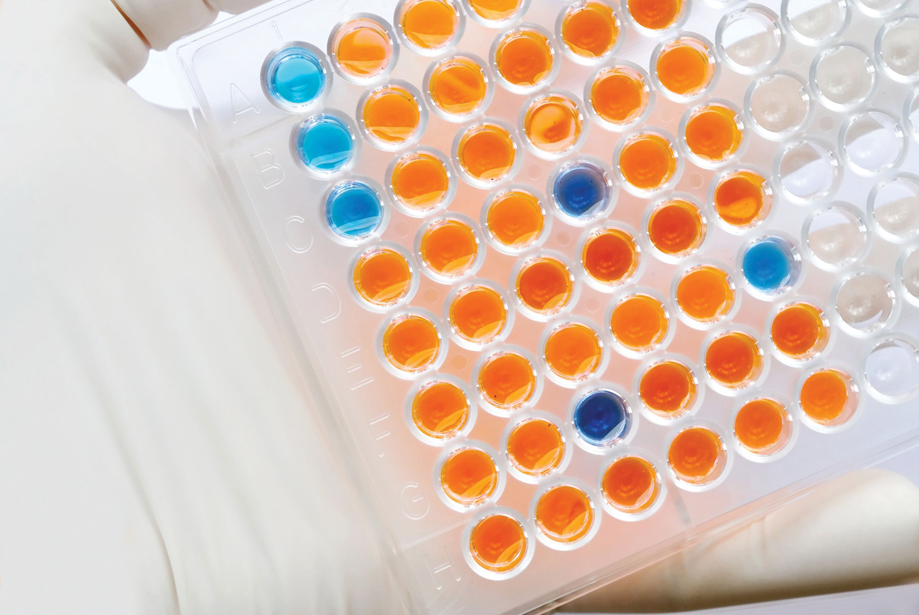ELISA is one of the most common immunoassay techniques used to detect antigens, antibodies, and proteins in biological samples. Since its inception in the 1960s, they have become the primary bioanalytical technique in several diagnostic, research, and new drug development process. Some common examples include pregnancy tests, diagnostic kits, and the development of assays for all phases of drug development. Although ELISA has several advantages, researchers must appropriately develop and validate them to ensure reliable results. Hence, we share seven steps for developing and validating ELISA immunoassays.
Identifying the right assay type
Depending on the intended goal, there are several types of ELISA available for analysis. While detecting a virus with ELISA, the target analyte can be an antigen. Whereas while studying the immune response, the target may be an antibody. Hence, technicians can choose custom ELISA assay development and develop research-oriented ELISA assays, depending on the research goal,
Thorough planning for immunoassay development and validation
Advanced planning ensures that the workflow is efficient and will reduce errors and retests. Hence, researchers must plan all assay components thoroughly before beginning with development and validation. The factors that need to be planned include the number of study samples, replicates, and the number of plates or kits required to cover all study samples. Besides, researchers should also consider including sample replicates for consistent results.
Proper handling of samples
Incorrect storage conditions and mishandling of samples and reagents are the primary reasons for inaccurate study results. Hence, technicians and researchers must handle reagents and samples with utmost care. If study samples are to be used for future experiments, researchers must aliquot the study samples and use them when needed. Aliquoting samples and reagents negates the need for multiple freeze/thaw cycles and ensures consistent results.
Ensure accuracy and consistency
A thorough ELISA validation ensures that the results obtained are consistent and accurate. This can be achieved by confirming the lab bench is rightly set up where assay components are within reach. Intra-assay and inter-assay precision are crucial while ensuring consistency and accuracy between and among runs. Researchers must note any changes made to the protocol to be replicated in the future.
Avoid contamination
Contamination can cause elevated background values, high well-to-well variation, low signal intensity, and several downstream problems. Some basic ways to prevent contamination are:
- Having a clean environment
- Sterilizing water
- Using new and clean reagents
- Using new pipettes between samples
- And using automation.
Proper plate washing
Thorough washing and rinsing protocols are crucial in ELISA assays. Inconsistent, insufficient, or over-washing can generate inaccurate results. Researchers can use automated washers, wash bottles, or manual manifolds for washing assay plates. However, the washing method used must be consistent throughout the experiment.
Dynamic range
Researchers must ensure that the assay samples are within the dynamic range. If not, the results may not entirely represent the study samples. Generally, the dynamic range is available in the instrument manual. Moreover, researchers must consider both the highest and lowest positive study samples for sample dilutions while developing and validating ELISA assays.

